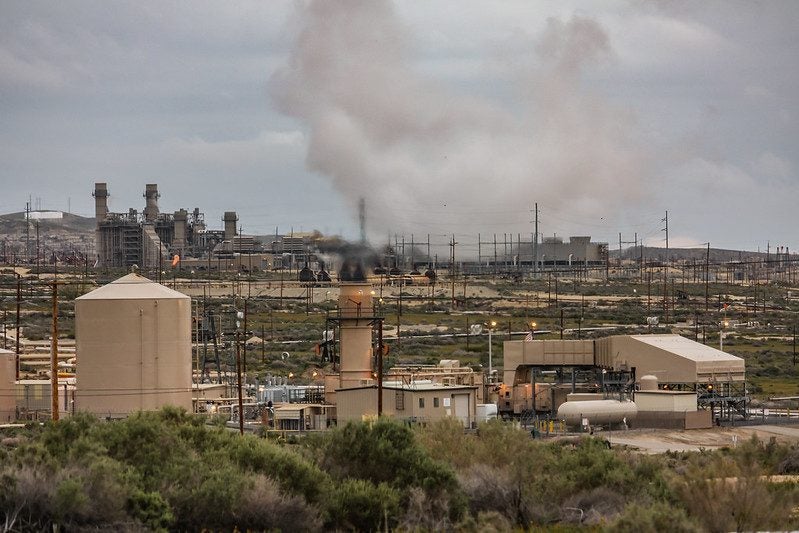
US natural gas prices have hit the lowest point since 2016, falling to less than $2 per million British thermal units (MMBtu). In the Midwest, prices dropped to $1.97/MMBtu today, after reaching $2 yesterday, while in the Southwest, prices hit $1.77.
The US Energy Information Administration (EIA) – the country’s main statistical agency responsible for the energy sector – said that this was due to a number of causes.
EIA senior market analyst Chris Peterson said: “Natural gas prices at the Henry Hub benchmark trading hub have declined to their lowest level since 2016 because of a combination of robust natural gas production and much warmer-than-normal average temperatures in the United States so far in January, coupled with expectations for above-normal temperatures for much of the United States over the next two weeks.”
According to a EIA report published on 15 January, average US natural gas prices will be 9% lower in 2020 compared with 2019 as a result of multiple factors including improved drilling and cost reductions, higher gas production from oil-directed rigs and increased pipeline capacity from the Appalachian and Permian regions.
In 2020 natural gas prices are expected to be around $2.33/MMBtu, 24 cents lower than the 2019 price of $2.57/MMBtu, and the EIA expects a price rise in 2021 due to the decline in natural gas production.
The decrease will be more visible in the residential and commercial sectors due to the unusually mild weather, said EIA.
How well do you really know your competitors?
Access the most comprehensive Company Profiles on the market, powered by GlobalData. Save hours of research. Gain competitive edge.

Thank you!
Your download email will arrive shortly
Not ready to buy yet? Download a free sample
We are confident about the unique quality of our Company Profiles. However, we want you to make the most beneficial decision for your business, so we offer a free sample that you can download by submitting the below form
By GlobalData“EIA forecasts natural gas consumption to decrease slightly in the residential and commercial sectors as a result of expected milder weather that will require less energy for space heating in the winter and air conditioning in the summer. Based on forecasts by the National Oceanic and Atmospheric Administration, EIA forecasts 1.8% fewer heating degree days (HDD) in 2020 compared with 2019, which had a colder-than-normal first quarter,” EIA said in its report.



